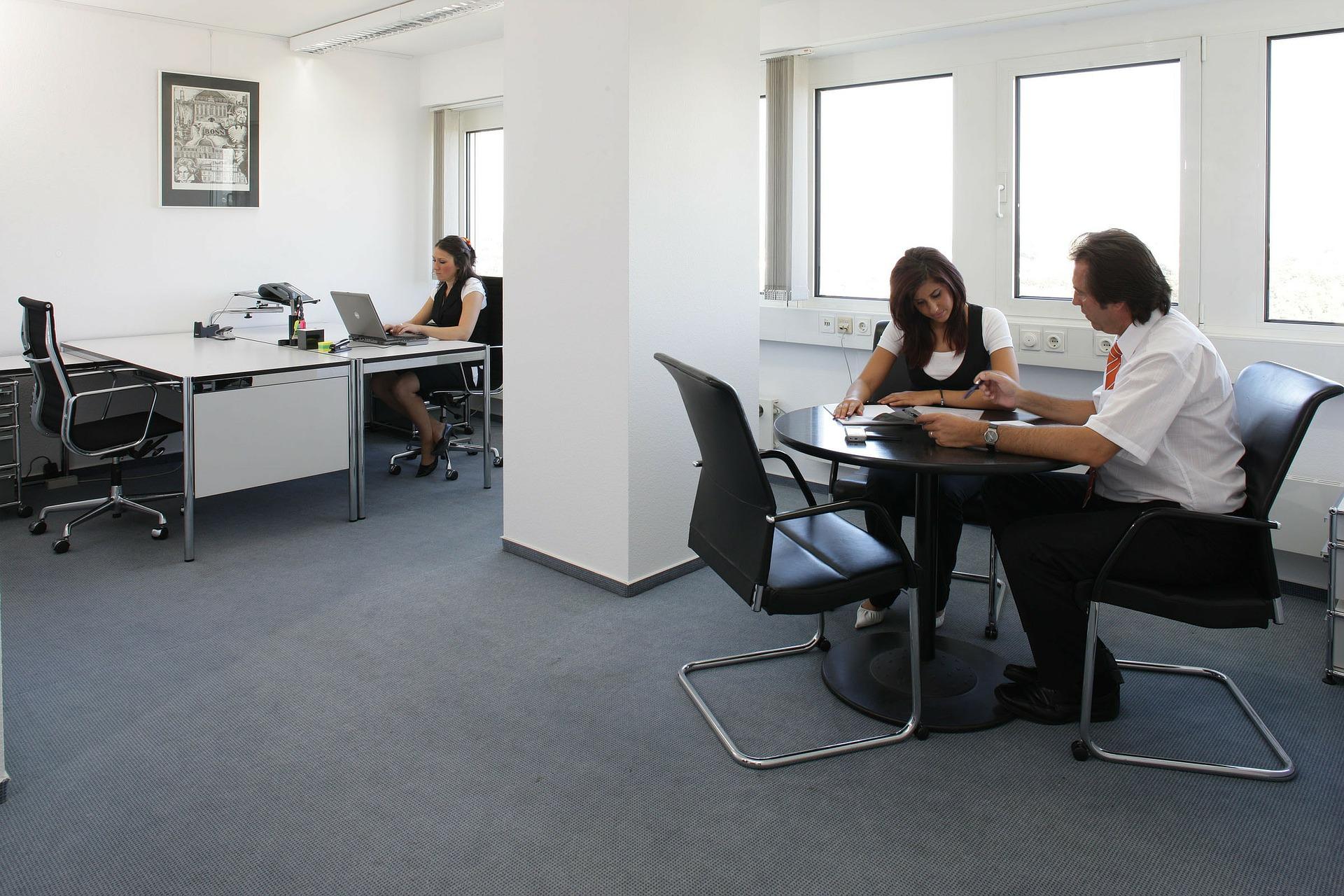Tips for Reducing Dead Zones in Your Office

If you don’t know, “dead zones” are any location where you can’t receive a Wi-Fi or cell signal. Working in a warehouse environment, large office, or remote area often means you experience dead zones in certain parts of your workplace.
Dead zones lead to a significant loss in productivity, but there are a few ways to reduce their appearance. With that in your mind, you should look at some tips for reducing dead zones in your office.
Understand Why Dead Zones Appear in the First Place
One of the most effective ways to reduce dead zones in your office is understanding where they come from. Realizing the source of your troubles will allow you to eliminate the problem entirely or minimize its prevalence in the future. So you should examine your office and figure out where the dead zones appear.
If you are too far away from a Wi-Fi router or cell tower, or a large object is blocking your signal to one of these machines, this can create a major dead zone. You can use a distributed antenna system in such a situation. Boosting a cellular signal is one of the purposes of using a distributed antenna system. So consider installing one near your office if you experience regular signal loss. These systems allow smartphones and tablets to access cell signals more frequently, and you can even get signals in an elevator or parking garage.
Locate Where Each Dead Zone Is in Your Office
A cost-effective measure for avoiding dead zones is to have your staff note where each dead zone is so that others can avoid that area. Although this doesn’t solve the problem, it will help you minimize its negative impact and will allow you to fix it later. If you want to eliminate dead zones completely, you can have a professional inspect your building and boost Wi-Fi or cellular signals in the affected areas.
Avoid Interference From Other Devices
Sometimes, a dead zone can appear in a certain area when there is interference between devices. For instance, if an office next to yours has their Wi-Fi router located adjacent to where your office has one, both these routers could interfere with one another. Minimizing interference between devices on the same frequency is one way to improve your business’s Wi-Fi network.
Overall, dead zones are annoyances for many business professionals. However, you can avoid them where you work by following the right actions. Now that you know a few tips for reducing dead zones in your office, you can make the most impactful decisions towards this goal.
Thanks for reading! Do you want to create thought leadership articles like the one above? If you struggle to translate your ideas into content that will help build credibility and influence others, sign up to get John’s latest online course “Writing From Your Voice” here.



